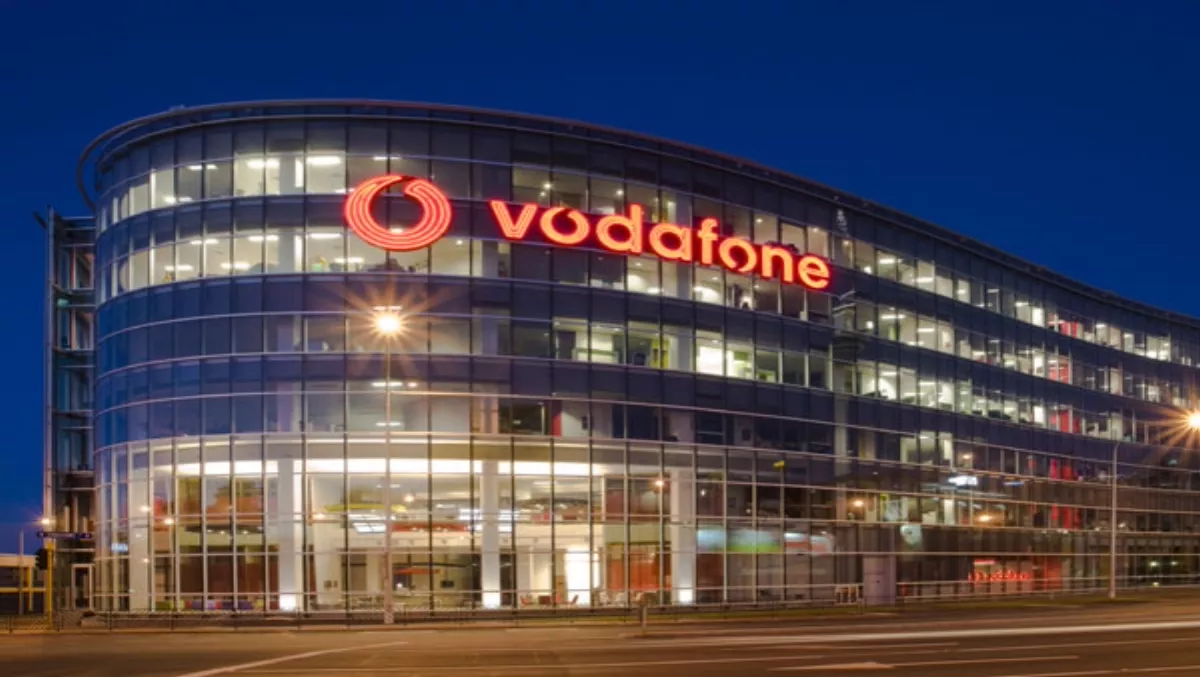
Vodafone New Zealand posted full-year profit that dropped by more than two thirds as it took on costs related to the acquisition of TelstraClear and increased the proportion of lower-margin fixed-line sales.
The country's biggest mobile phone operator reported a profit of $55.9 million in the 12 months ended March 31, from $175 million a year earlier.
Revenue rose by $149 million, or 9.2 percent, to about $1.77 billion but was offset by a $136 million gain in cost of sales and $83.5 million increase in operating expenses.
"This reflects the change in revenue mix with an increase in lower margin fixed line revenues," a spokeswoman said. "The increase in op-ex was caused by the increase in staff and costs brought in with the TelstraClear acquisition."
Vodafone acquired fixed-line operator TelstraClear and its Clear Communications subsidiary for $860.9 million cash last October, expecting to slash back-office duplication, use TelstraClear's backhaul and transmission services, and cut its reliance on Chorus.
The combined businesses amalgamated as at March 31 and the performance of both the existing and acquired business "was in line with expectations in an increasingly competitive market," the company said.
TelstraClear was renamed as Vodafone Fixed and the net assets were valued at $843.6 million.
Labour costs jumped to $233.6 million in the latest year from $158 million a year earlier while related party finance costs rose to $116 million from $97.4 million. Cost of sales climbed to $757 million from $621.8 million.
Vodafone New Zealand paid management fees and other charges of $48.3 million in the year to entities of its parent Vodafone Group, down from $56.6 million a year earlier.
According to the parent's second-quarter results, released in July, the New Zealand unit lifted mobile customers by 19,000 to 2.326 million as at June 30. The percentage of pre-paid customers fell to 64.4 percent from 66.7 percent at the end of the March quarter.
(BusinessDesk)